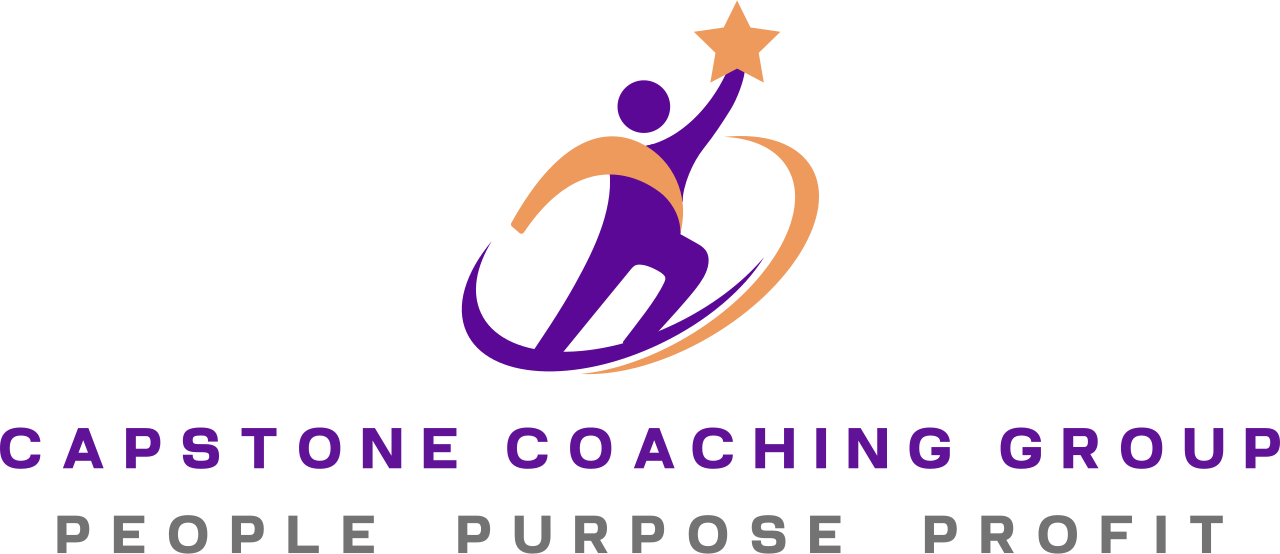BLOG
Nurturing Entrepreneurial Growth: How to Navigate the Stages of the Journey
Hello, fellow visionaries and trailblazers! Are you ready to explore the exhilarating journey of entrepreneurial growth? Let's dive into the distinct stages that characterize the evolution of an entrepreneur, from the spark of an idea to the pinnacle of success.
Stage 1. Seedling Stage - Planting the Idea
At the seedling stage, the entrepreneur plants the seed of an idea. Passion, curiosity, and the drive to solve a problem serve as the initial fertilizer. The focus is research, brainstorming, and building a solid foundation for the future. However, like any seed that needs care to grow, entrepreneurs face their fair share of challenges at this stage.
Here are the top three hurdles often faced in the seedling stage:
1. Finding the Right Market Fit
Trying to appeal to everyone in the early days can be tempting but defining your target audience is crucial. Entrepreneurs need to dive deep to understand the market and test assumptions to determine where their product or service can thrive.
2. Funding & Resource Allocation
Often, this stage requires bootstrapping, creative financial planning, or seeking initial funding to turn the vision into reality. Deciding how to allocate limited resources—both time and money—can be tricky. Every penny and moment counts, making it essential to prioritize what's most critical to growth.
3. Establishing a Strong Value Proposition
The "why" behind the business needs to be crystal clear. Entrepreneurs must articulate what makes their offerings unique and why customers should choose them over existing alternatives. This clarity is crucial for attracting initial customers and investors who believe in the mission.
At this stage, the focus is on setting the groundwork, testing ideas, and finding clarity amidst the chaos. And while the challenges can seem daunting, they are also the moments that shape the entrepreneur's journey, laying the foundation for future growth.

Stage 2: The Startup Stage – Cultivating the Vision
Welcome to the Startup Stage! You’ve planted the seed, and now it's time to cultivate it into a thriving business. This stage is all about action—transforming your vision into something tangible. It's an exhilarating time, but it can also be overwhelming. Hustle, quick decision-making, and endless energy are required to get your business off the ground.
At this point, you're busy developing your product or service, finding and assessing your market, and shaping a business model that can sustain growth. But like any great adventure, the Startup Stage comes with its own unique set of challenges.
Here are the top three obstacles entrepreneurs often face:
1️. Finding Product-Market Fit
You’ve got a great idea, but will people actually buy it? The journey to finding product-market fit can be bumpy. It’s about listening to feedback, testing assumptions, and often pivoting your offering to meet market needs better. This phase demands a lot of patience and flexibility as you figure out what works and what doesn’t.
2️. Building a Viable Business Model
How will you make money, acquire customers, and keep things going? Figuring out your business model is a balancing act. You need to keep an eye on revenue streams, cost structures, and sales strategies while ensuring you're staying within resources. This challenge is about trial and error and refining your plan as you gain more insight into your market and what they value.
3️. Managing the Hustle & Avoiding Burnout
The Startup Stage requires you to wear many hats—entrepreneur, marketer, salesperson, and sometimes even janitor!
While the drive to succeed keeps you going, getting caught up in the 24/7 hustle is easy. Finding a sustainable work rhythm, seeking support, and prioritizing self-care are crucial to keeping your vision alive and thriving. Remember: The journey is a marathon, not a sprint!
Leveraging Your Pinnacle Gift™ is the game-changer at this stage. Understanding your unique strengths and abilities helps you focus on what you do best so you can tackle these challenges head-on and grow confidently.
Now, let's dive into the third stage.

Stage 3: Growth Stage - Branching Out
This stage is where things start to take off. The seeds of your entrepreneurial idea have taken root, and now they’re sprouting leaves and branches, showing real promise and potential. Your business is growing steadily – customers are flowing in, revenues are climbing, and scalability is the word of the day.
But with growth comes new challenges and opportunities. This phase of your journey requires a whole new level of entrepreneurial resilience and adaptability as you learn to juggle multiple priorities at once.
Here are the top three challenges entrepreneurs commonly face at this pivotal point:
1️. Managing Rapid Expansion Without Losing Your Core Values
Growth is exciting but can be overwhelming. There’s a delicate balance between expanding quickly and maintaining the essence of what makes your business unique. As you scale, it’s easy to get sidetracked by short-term gains or try to be “all things to all people.” Stay true to your Pinnacle Gift – the unique value your business offers. You’ll attract the right customers and partners who resonate with your vision by staying aligned with your core values.
2️. Building a Strong, Scalable Team
You can’t do it all alone – and you shouldn’t! One of the most important aspects of growing your business is finding, hiring, and developing the right talent. It would be best to have contractors, consultants, and/or team members who bring valuable skills and align with your company culture and mission. At this stage, it’s all about empowering your team, delegating effectively, and trusting others to take ownership of critical areas of your business.
3️. Navigating Financial Management and Cash Flow
Growth often requires reinvestment – in people, processes, technology, and sometimes even more inventory or infrastructure. Yet, without careful planning, it’s easy to hit cash flow challenges or overextend your finances. Maintaining a clear financial roadmap, managing your budgets tightly, and ensuring adequate working capital are essential to sustainable growth.
The Growth Stage is truly about branching out while staying grounded. It’s a time to celebrate wins, learn from setbacks, and align every move with your business’s unique purpose.
Now, let's explore the exciting (and sometimes daunting) fourth stage.

Stage 4: Scaling Stage - Reaching New Heights
You’ve proven your business model, your product or service has found its market fit, and it's time to scale. This stage is all about amplification – maximizing the reach of your business and multiplying your impact.
Scaling isn’t only about growth but replicable, sustainable growth. In this stage, you’re elevating your business to new heights by fine-tuning your strategies, optimizing systems, and focusing on efficiency. You’re building strong partnerships, looking for new investments, and driving innovation in your products, services, and processes.
But scaling brings its own unique set of challenges – the stakes are higher than ever, and so is the complexity.
Here are the top three challenges many business owners face at this stage:
1. Systems and Process Optimization
As you grow, your current processes can feel stretched and outdated. What worked when you had a smaller team, or fewer customers, may no longer be efficient at scale. Investing in automation, technology, and streamlined processes is crucial to ensure that you can scale appropriately and efficiently. Consider your operations, hiring practices, and customer support, and identify the best person to optimize each area for greater efficiency.
2. Maintaining Company Culture and Values
Scaling can sometimes mean rapid hiring, entering new markets, and onboarding new clients. The challenge is to maintain the company culture and values that have gotten you this far. Culture can slip without careful nurturing, and your business's " soul " will be diluted. It's essential to prioritize a culture that aligns with your mission, reinforces your Pinnacle Gift, and ensures that your team remains aligned with your purpose, even as you expand.
3. Managing Cash Flow and Financial Forecasting
Scaling requires significant financial resources. Whether it's expanding your team, increasing production capacity, or investing in recent technology, all these moves come with a price tag. A critical challenge is maintaining healthy cash flow and forecasting accurately to make smart financial decisions. Securing the right type of funding – whether through reinvested profits, equity, or loans – is also key to ensuring you have the runway you need to scale smoothly.
Scaling your business is about replicating success without replicating stress. It’s a time to focus on leveraging your strengths, staying true to your vision, and reaching those new heights with intention and clarity.
Stay tuned for our upcoming edition, where we’ll explore three more distinct stages of the Entrepreneur’s Journey.










